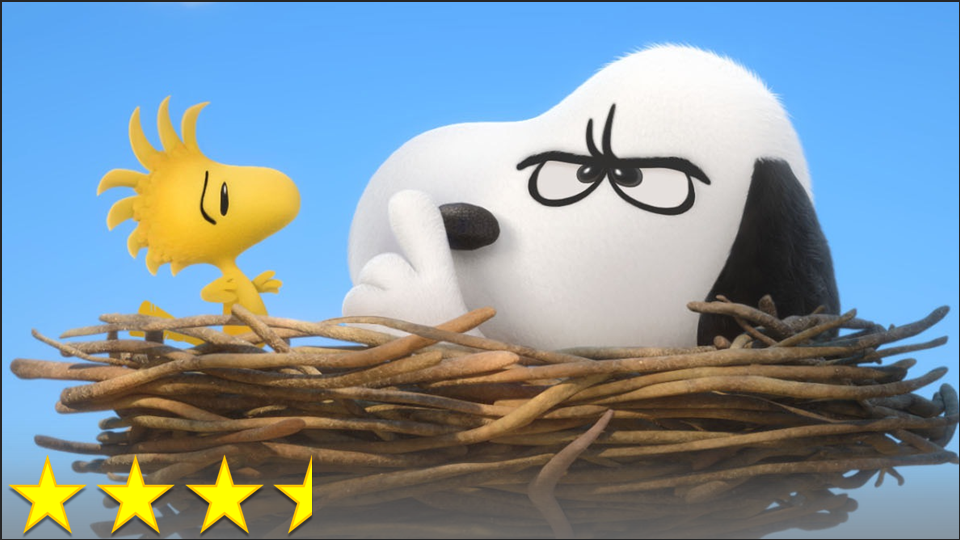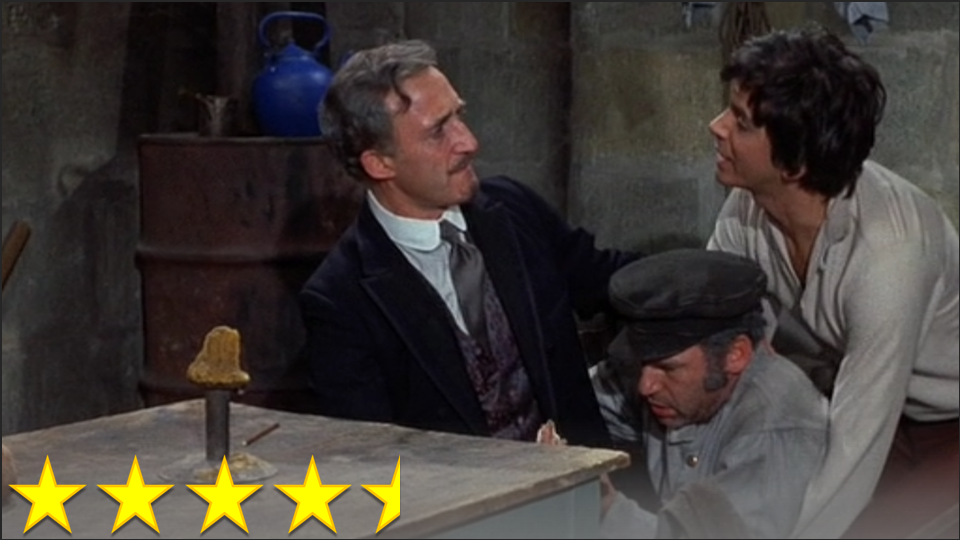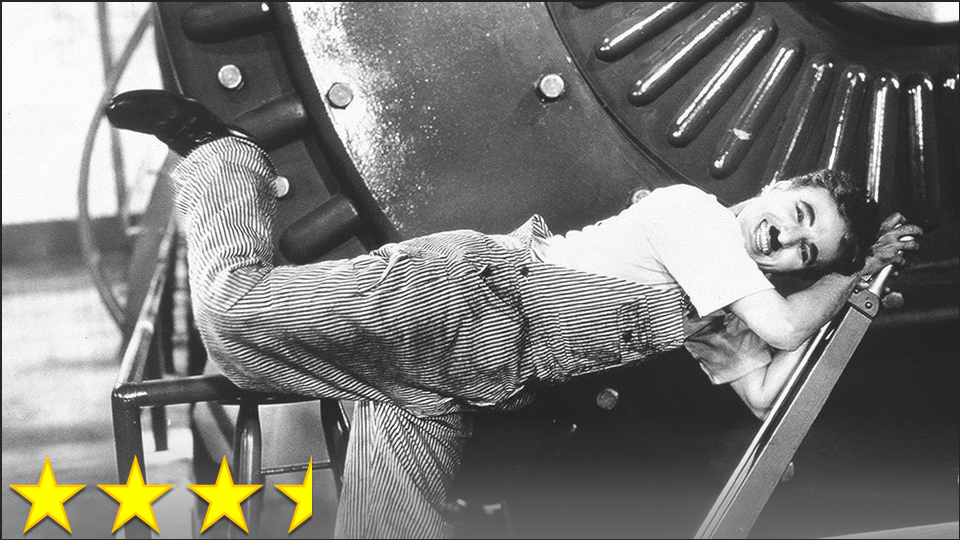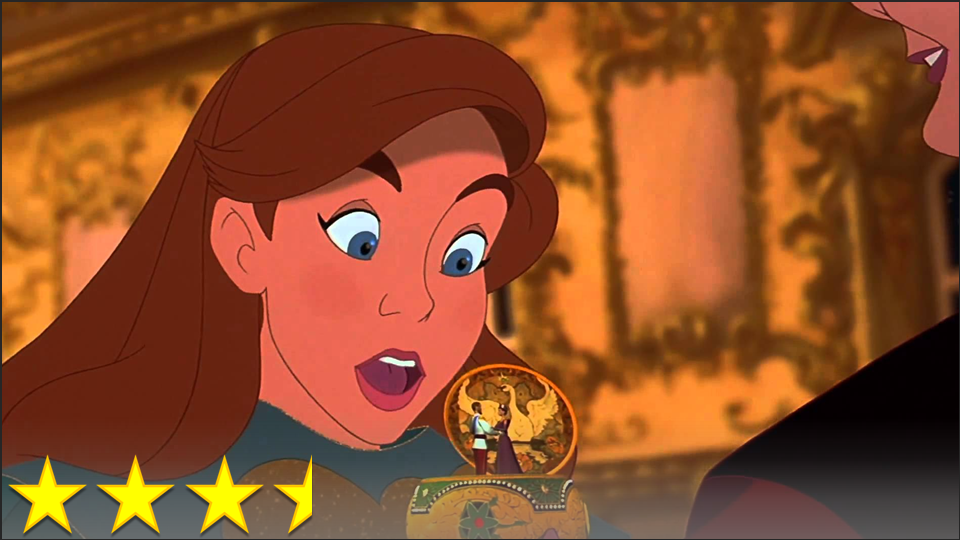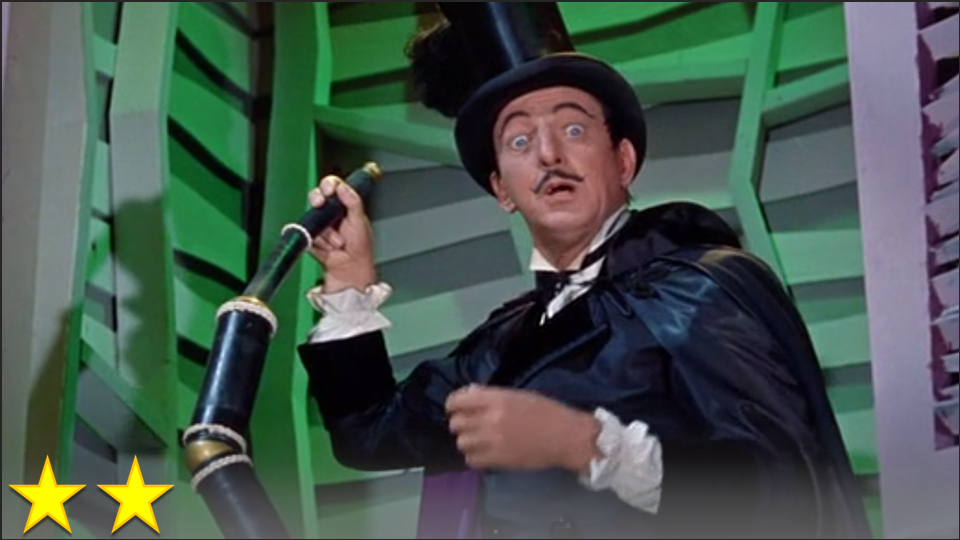I am fairly certain that, in the world of comedy (if not the world in general), it is a sin for me to say that I have never been much of a Peanuts fan. That’s not to say that I didn’t like the works of the Peanuts characters – I do enjoy their most famous Christmas special, among other staples of Schulz’ work – but I simply wasn’t exposed to them early enough in life to appreciate them the way so many others do. The Peanuts specials and comics have a kind of humor that is generally rather slow and deliberately underwhelming, as it focuses on a mumbling failure who tends to dread living. I certainly do identify with this kind of character, and I greatly appreciate Schulz’s approach to writing for the character, which is summed up in this simple, classic quote of his: “Most of us are much more acquainted with losing than winning.” With this in mind, I can’t help but look at the 2015 Peanuts film as a perfect example of both what it is I love about the Peanuts, and what it is that I just don’t know how to appreciate.
Right from the start, this film was full of surprises. The trailer alone stunned me with the distinction of its animation style, as it is probably the best use of CG animation I have seen since at least Inside Out, if not The Lego Movie. Because of the purity of the style, the film had earned my respect before I had even seen it, but then again, I was unsure as to whether or not it would be worth seeing. I am now glad that I did choose to see the film, because if I thought that the animation style was surprising, I was quite shocked to see how much I enjoyed the humor. No Peanuts production or comic had ever made me laugh so hard, and I think this is largely due to the way most of the jokes relied on the animation style. By doing this as a CG film rather than 2-D, this movie ensures that it does not appear to be a continuation of the old Peanuts specials, but rather an homage to the comedy and animation of older cartoons, making for an experience that’s easy to enjoy. However, both the laughs and the surprises grew fewer and fewer as the movie progressed, and I was bothered to find myself losing interest.
This is the problem. I eventually found myself playing a video game on the Wii U while the film was still on, because there was so little need to pay attention during most of the movie. The plot was predictable enough, so I didn’t really need to keep a close eye out for much, and the overall storytelling approach didn’t interest me much at all. Half of the movie seems to be spent on an irrelevant B-story taking place in Snoopy’s daydreams of chasing the Red Baron, which might have been worth including had they used the classic song, but even the superb sight gags towards the end of his fantasy aren’t quite enough of a pay-off to make it worth my time. The main story, obviously focused on Charlie Brown, was cute and relatable, but was still a little lacking in substance, and could have been over with much quicker. The ‘A’ story could have been a ‘B’ or ‘C’ story, and the Snoopy bits could have been two or three very brief scenes, which would have left room for a stronger ‘A’ story.
All that being said, this is a good movie. It’s fun, clean, and has both the frustration with life and the delightful purity required to make it feel like a classic Peanuts production. Getting a G-rated movie in 2015 was already miraculous, but it’s even more satisfying to find that it’s a good movie that adults can enjoy just as much (or maybe more) than children. It has a lot of charm and heart, which are very hard to generate without being sappy, but this movie does the job just fine. Forgive me for ending on such a cliché, low-hanging joke, but I can’t resist: “You’re a good movie, Charlie Brown.”
